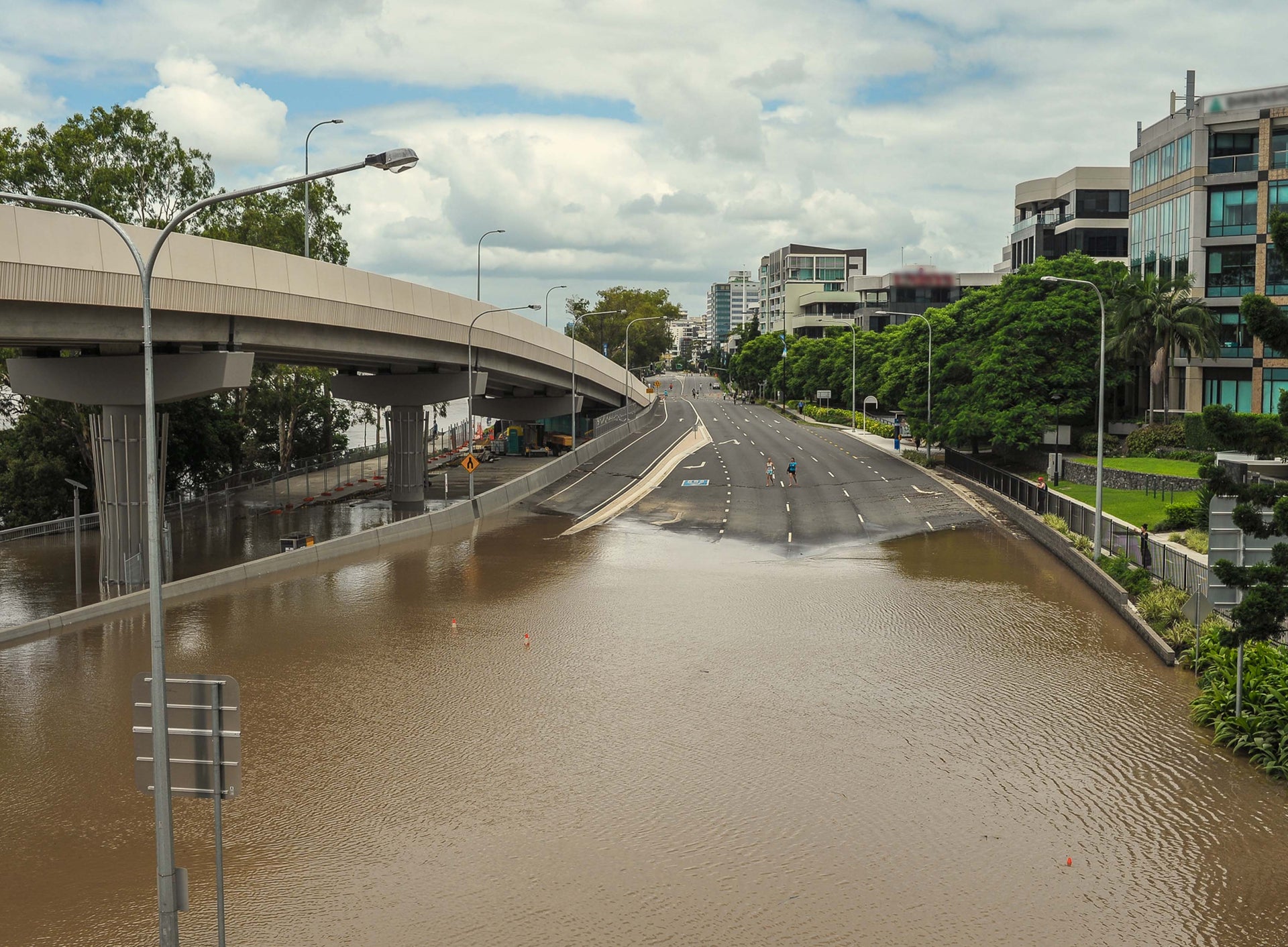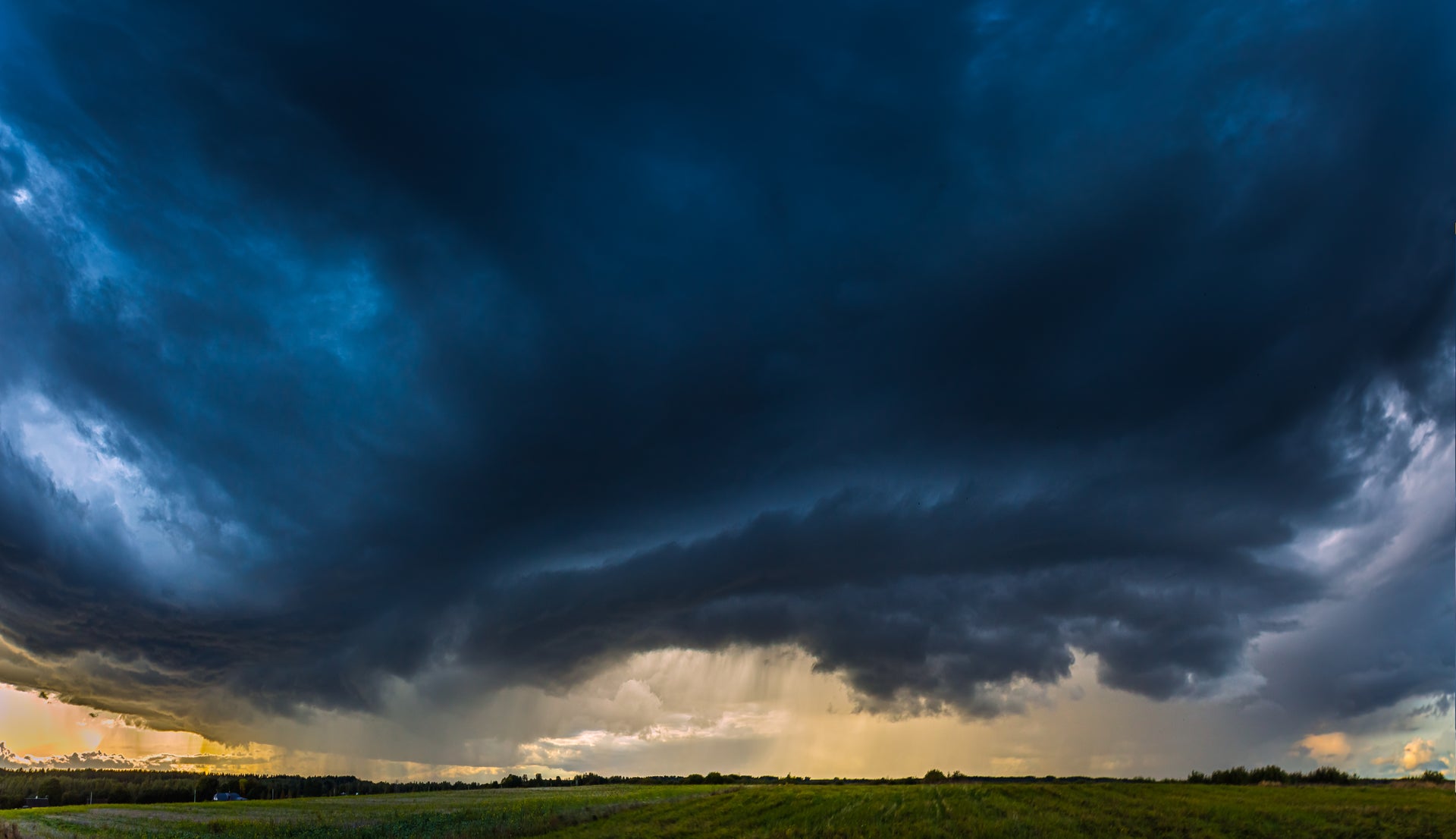Overview
- Residential construction costs in New Zealand rose just 0.4% in Q3, marking the slowest quarterly increase since early 2021.
- The moderation reflects a stabilising pipeline and improved supply conditions, giving builders and homeowners greater confidence in quoting and budgeting.
- With annual growth now at 2.0%, well below historic averages, the sector is poised for a steadier rebuild heading into 2026.

The cost of building a new home in New Zealand rose only marginally in the September quarter, signalling a sustained slowdown in construction cost growth as the sector regains balance after years of pandemic-induced volatility.
The latest Cordell Construction Cost Index (CCCI) shows the cost to build a standard single-storey brick and tile home increased by 0.4% in the three months to September, a smaller rise than the 0.6% recorded in Q2 and well below the long-term quarterly average of 1.0%.
Annual growth slowed to 2.0%, down from 2.7% previously and far below the long-term trend of 4.1%.
Cotality NZ Chief Property Economist Kelvin Davidson said the moderation reflects a market that has worked through the post-COVID supply bottlenecks and extreme cost pressures of 2021–22.
“Materials are better supplied, wage growth has steadied, and we’re seeing more predictability in project pricing,” Mr Davidson said.
“Construction costs remain high in dollar terms, but the pace of change is much milder. For builders and homeowners alike, that creates greater confidence in quoting, budgeting, and delivery.”
Roughly half of the CCCI is driven by materials, 40% by wages, and 10% by other professional and site costs.
Recent product movements have been mixed with plumbing costs up 7% in Q3, gas products rising 2% as bathroom fittings dropped 6% and roof tiles and kitchen joinery pricing remained flat.
“These mixed results show a degree of normalisation and a sector that has found a more sustainable footing,” Mr Davidson said.
“Builders have more flexibility to manage costs through specification choices, and clients can have more certainty that projects will stay close to budget.”
Contributing to the slowdown in cost growth is a stabilisation in the construction pipeline. After peaking at more than 51,000 new dwelling consents in the 12 months to May 2022, annual consents have eased to around 33,500–34,000, still well above historical troughs.
“The pipeline has thinned, but the underlying level of activity remains consistent rather than stagnant,” Mr Davidson said.
“Some spare capacity has returned to the system. If confidence and access to finance continue to improve, we could see a gradual lift in project starts through 2026.”
Construction cost inflation has been running below broader consumer inflation for several quarters, a trend Mr Davidson said points to a healthier balance.
“That stability helps developers plan with more certainty and supports a steady rebuild of activity.”
The outlook for construction costs remains steady, with a return to rapid escalation unlikely unless demand lifts sharply or another supply shock emerges. Mr Davidson said the housing market is still cautious, but as listings ease and confidence improves, builders are likely to see more work through 2026.
“If finance becomes more accessible and confidence improves, it’s reasonable to expect a lift in activity through 2026. Some increase in costs would follow naturally, though a major spike still looks unlikely,” he said.
“Construction costs aren’t coming down, but the pace of growth has eased and the outlook is far more predictable.”










